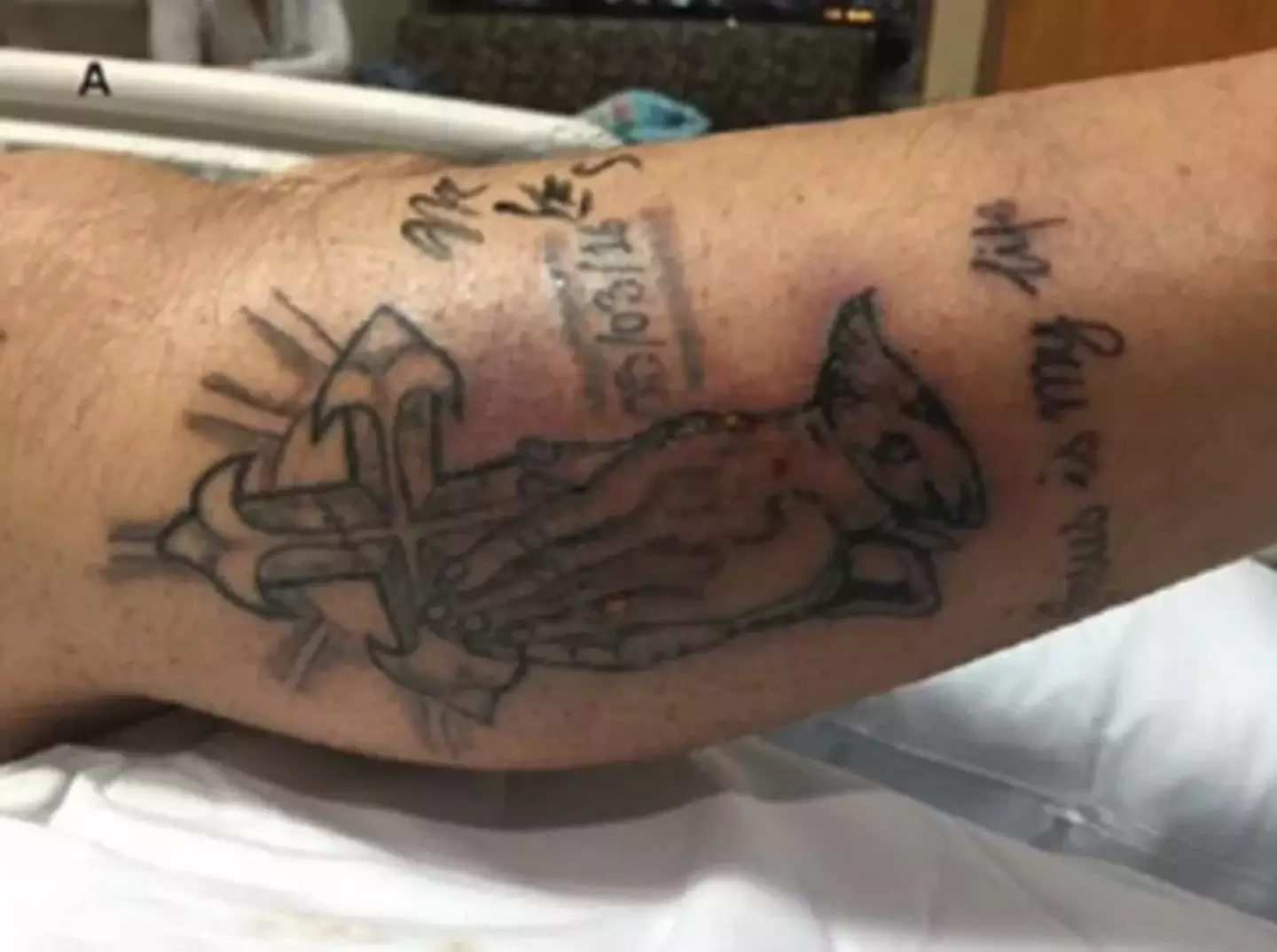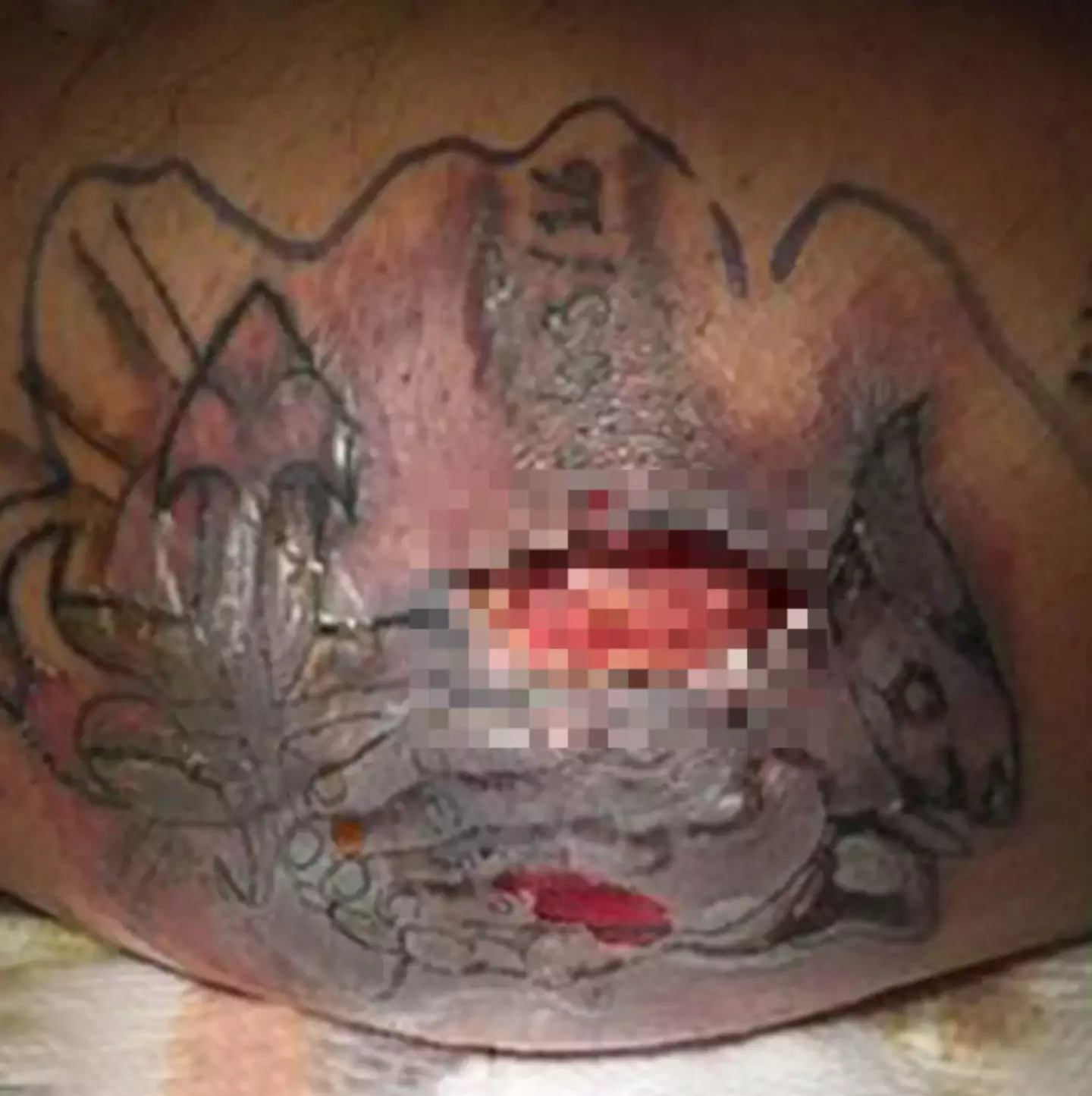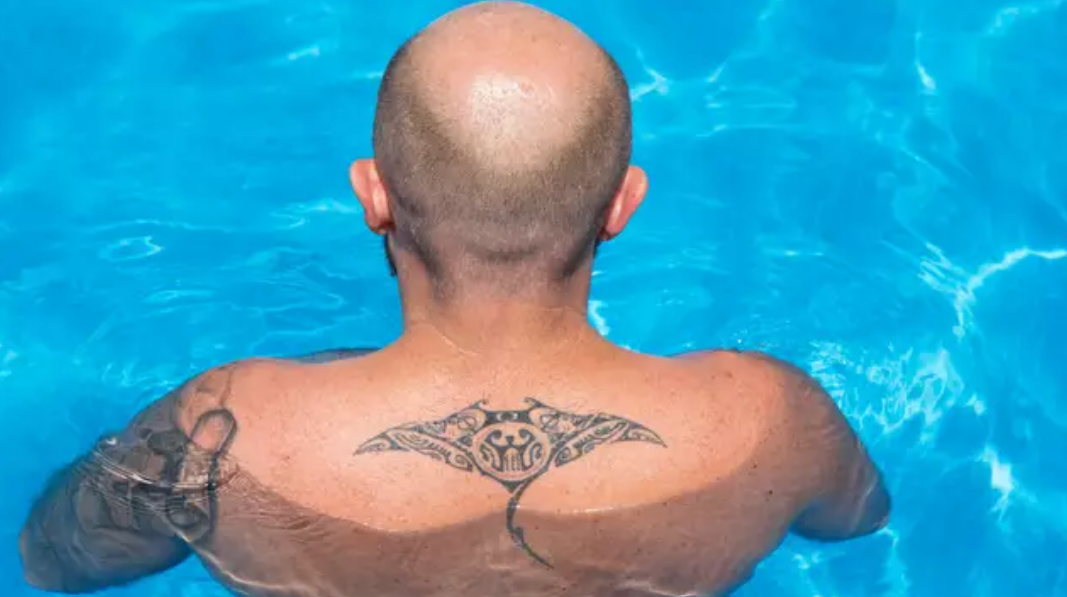
He was rushed to a local hospital, where doctors diagnosed him with a Vibrio vulnificus infection — a rare but extremely dangerous bacteria found in warm, salty waters. His condition rapidly declined as the bacteria entered his bloodstream, leading to septic shock. seawater exposure.”
Further complicating the situation was his pre-existing liver condition — cirrhosis, worsened by alcohol use — which significantly weakened his immune response. Despite intensive treatment and being placed on life support, his organs failed, and he died within weeks.
A report published by the BMJ Case Reports stated:
“Despite aggressive initial treatment, the patient developed septic shock and died. This case highlights the association between chronic liver disease and high mortality from V. vulnificus infections.”
🚨 What Is Vibrio vulnificus?
This bacteria lives in coastal waters and can enter the body through open wounds, including fresh tattoos. For people with compromised immune systems — especially liver conditions — the infection can be fatal.

⚠️ Sepsis Warning Signs
The man’s condition worsened due to sepsis, a rapid and life-threatening reaction to infection. According to the NHS, signs include:
-
Confusion, slurred speech
-
Pale, blue, or mottled skin (especially noticeable on palms/soles)
-
Breathing difficulties
-
A rash that doesn’t fade under pressure
If you notice these symptoms, seek emergency medical attention immediately.
🖋 Tattoo Aftercare: What You Should Know
According to Healthline, you should wait at least two weeks before swimming (in pools, oceans, or lakes) after getting a tattoo. Water exposure can:
-
Introduce harmful bacteria
-
Damage healing skin
-
Cause infections that ruin the tattoo or worse — compromise your health
✅ Bottom Line
This heartbreaking case is a reminder that tattoo aftercare is not just about preserving the ink — it’s about protecting your health. If in doubt, wait it out.









